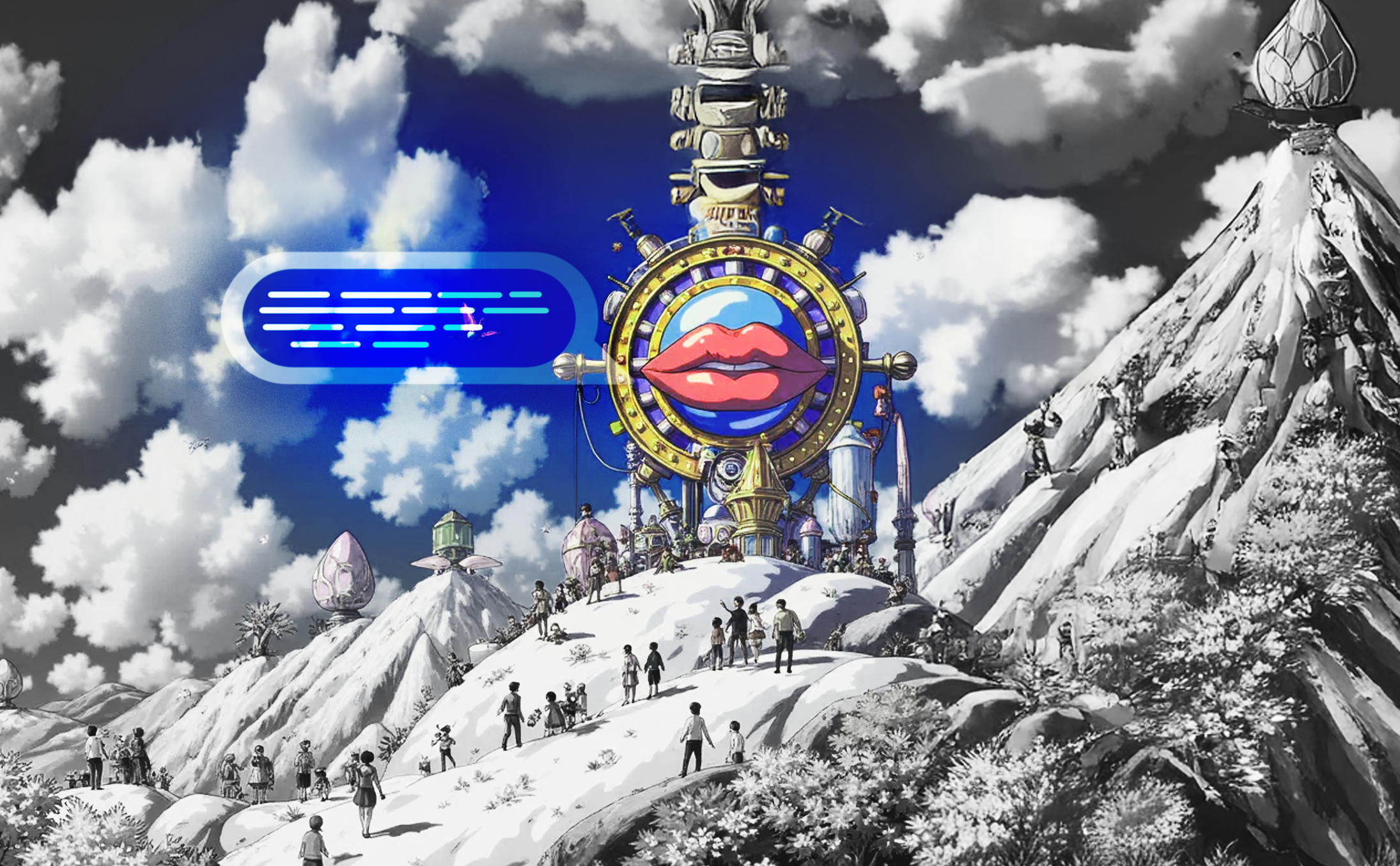Understanding automatic dialogue replacement (ADR) in content creation
A walkthrough of what ADR is, how it works, its benefits and challenges, and how AI is reshaping its future in content creation.

Introduction
Ever watched a video where the dialogue feels off, like the characters are speaking underwater? Or played a video game where a climactic line is dulled by background noise? Maybe you’ve struggled to understand a podcast guest because of bad audio quality.
Why do these issues happen? Because capturing perfect audio during a live shoot or recording session is nearly impossible. Traffic noise, a sudden cough, or even an actor’s inconsistent delivery can ruin a take. ADR (Automated Dialogue Replacement) is advanced filmmaking technique to fix these problems and ensure your content sounds professional and polished.
Whether you're an indie filmmaker, a podcaster trying to deliver crystal-clear interviews, or a content creator fixing on-location audio issues, ADR is becoming a crucial step in producing high-quality content.
We'll walk through what ADR is, how it works, its benefits and challenges, and how AI is reshaping its future in content creation.
What is Automatic Dialogue Replacement (ADR)?
Automated Dialogue Replacement (ADR), often called "looping," is a post-production technique which involves re-recording of dialogue in a controlled environment to replace or enhance original audio captured during production. Often used in films, television, gaming, and podcasts, ADR ensures dialogue clarity while addressing technical or artistic issues.
Actors or voice talents record replacement dialogue in a studio, syncing their performances to the original visual or audio cues. This creates seamless integration between on-screen visuals and high-quality sound.
When is ADR Used?
- Noise Interference: Traffic, wind, or unexpected background noise during shoots.
- Poor Audio Quality: Issues like dulled dialogue or uneven volume.
- Language Localization: Dubbing content for different languages or regional markets.
- Creative Adjustments: Adding humor, refining delivery, or tweaking pacing.
How ADR is Used in High-Production Content
In professional film, television, and media production, ADR is an indispensable tool for delivering high-quality audio that meets the expectations of modern audiences. It’s not just about fixing issues; it’s about enhancing every aspect of the auditory experience to match the visual storytelling. Here’s how ADR plays a critical role in high-production workflows:
1. Improving Audio Quality
No matter how carefully planned a shoot is, on-set audio often falls short. Wind, passing cars, faint echoes, or even rustling costumes can compromise dialogue clarity. ADR allows filmmakers to replace poor-quality audio with clean, studio-recorded dialogue that captures every nuance of the performance.
2. Fixing Performance Issues
Sometimes an actor’s delivery during filming doesn’t fully capture the desired tone or emotion of a scene. ADR gives performers the opportunity to re-record lines in a controlled setting, fine-tuning their performance to better align with the director’s vision or scene’s
3. Last - Minute Script Changes
Rewrites are the natural part of storytelling, but they mostly happen after the filming is done. ADR allows these last-minute script adjustments to be seamlessly integrated into the project. Actors record the updated lines in post-production, keeping the visuals intact while ensuring the dialogue aligns with the final script.
4. Addressing Technical Issues
Unpredictable technical glitches, like malfunctioning microphones or improperly placed boom mics, can ruin a take. ADR steps in as a reliable solution, replacing flawed recordings with high-quality alternatives without compromising the integrity of the scene.
5. Dubbing and Localization
For international distribution, ADR is essential for dubbing content into different languages while maintaining the original visual and emotional essence. The global dubbing market is projected to grow to $7,048 million by 2032, driven by demand for localized content.
From rescuing flawed audio to enhancing performances and accommodating last-minute changes, ADR is indispensable in high-production environments.
The Value of ADR for Other Content Creators
ADR isn’t just for Hollywood—it’s a powerful tool for any content creator looking to enhance their audio. Whether you're a podcaster, game developer, or YouTuber, ADR can turn flawed recordings into polished, professional sound.
Podcasters
For podcasters, clean, clear audio is critical. ADR fixes noisy backgrounds, uneven levels, or missteps in delivery, making sure your message is heard loud and clear. It’s the difference between a rough cut and a polished, professional show.
Game Developers
In gaming, ADR ensures dialogue and voice acting align perfectly with the action. It refines voiceovers to enhance storytelling, smooth out technical issues, and localize content for global audiences.
Online Educators
Clear, engaging audio is key to effective online learning. ADR lets educators clean up recordings, rework unclear sections, and adjust pacing—ensuring your course sounds professional and keeps learners engaged.
Social Media Creators
For social media videos, quality audio makes your content stand out. ADR helps replace poor on-location sound with crisp studio recordings, adding voiceovers or adjusting delivery to captivate your audience.
Indie Filmmakers
Indie filmmakers use ADR to fix audio problems without reshoots, making their dialogue sound professional despite budget constraints. Animators benefit too, ensuring voiceovers sync perfectly with characters.
Challenges and Blockers for Small Content Creators
Implementing Automated Dialogue Replacement (ADR) can be challenging for small content creators due to several key factors:
Technical Hurdles
- ADR requires knowledge in audio recording and synchronization, a skill many small creators lack.
- Top-notch microphones, sound-treated spaces, and the right gear can quickly rack up costs beyond a small creator’s budget.
- Professional-grade audio tools are pricey and often require significant time and skill to master.
Practical Challenges
- The ADR process is time-consuming, which may not fit into tight production schedules.
- Recreating the original performance convincingly requires acting ability, which not all creators possess.
- Incorporating ADR into existing workflows can be difficult for smaller teams or solo creators.
Creative and Quality Challenges
- It’s challenging to match the original performance in a studio, especially months after the shoot.
- ADR may strip the raw, genuine feel that audiences appreciate in content from small creators.
- Ensuring seamless integration with the original production audio can be technically tricky.
Resource Constraints
- Tight budgets make it difficult to afford professional ADR sessions or the necessary equipment.
- Small creators often lack the soundproofed environments needed for clean ADR recordings.
Solution
Small creators can explore accessible ADR options like simplified tools e.g., sync. for seamless integration, online platforms for remote ADR sessions, or partnerships with freelance audio professionals. As technology evolves, affordable ADR solutions are becoming more accessible to a broader range of creators.
Legal Considerations for ADR in Productions
Copyright and Ownership
- Producers typically own the copyright for films, including ADR dialogue, but separate agreements can complicate this.
- If the screenplay or dialogue wasn’t commissioned, the original author might retain rights. Clear contracts are essential.
- Secure permissions to use ADR content in remakes or adaptations
Contract & Agreements
- Ensure actor contracts explicitly cover ADR sessions, including terms for compensation and scheduling.
- If working with union actors, check regulations that might apply, like additional compensation for ADR work.
- For dubbing or translating ADR into other languages, secure licensing agreements for the target markets.
Data Protection & Privacy
- Protect sensitive information, especially for unreleased or confidential projects.
- Follow GDPR or similar regulations if collecting personal data during ADR.
Performance Rights
- Ensure ADR matches the original performance to avoid disputes.
- Credit voice actors, technicians, and contributors to prevent recognition conflicts.
Dispute Resolution
- Include ADR (Alternative Dispute Resolution) clauses in contracts to handle disputes smoothly.
- For digital copyright disputes, use platforms like WIPO’s Expert Determination.
By addressing these key points, creators can minimize risks and ensure smooth production.
Conclusion
Creative exploration, once reserved for specialists and constrained by complex workflows, is being redefined by generative models. Tasks that once took weeks can now be achieved in moments, thanks to tools that simplify workflows and amplify creative potential.
From indie creators to seasoned professionals, generative tools are breaking down barriers, empowering anyone to bring ideas to life. No longer confined by technical limitations, creativity is becoming more intuitive, dynamic, and inclusive.
As AI continues to advance, the future of content creation is seamless, boundless, and full of endless possibilities.
